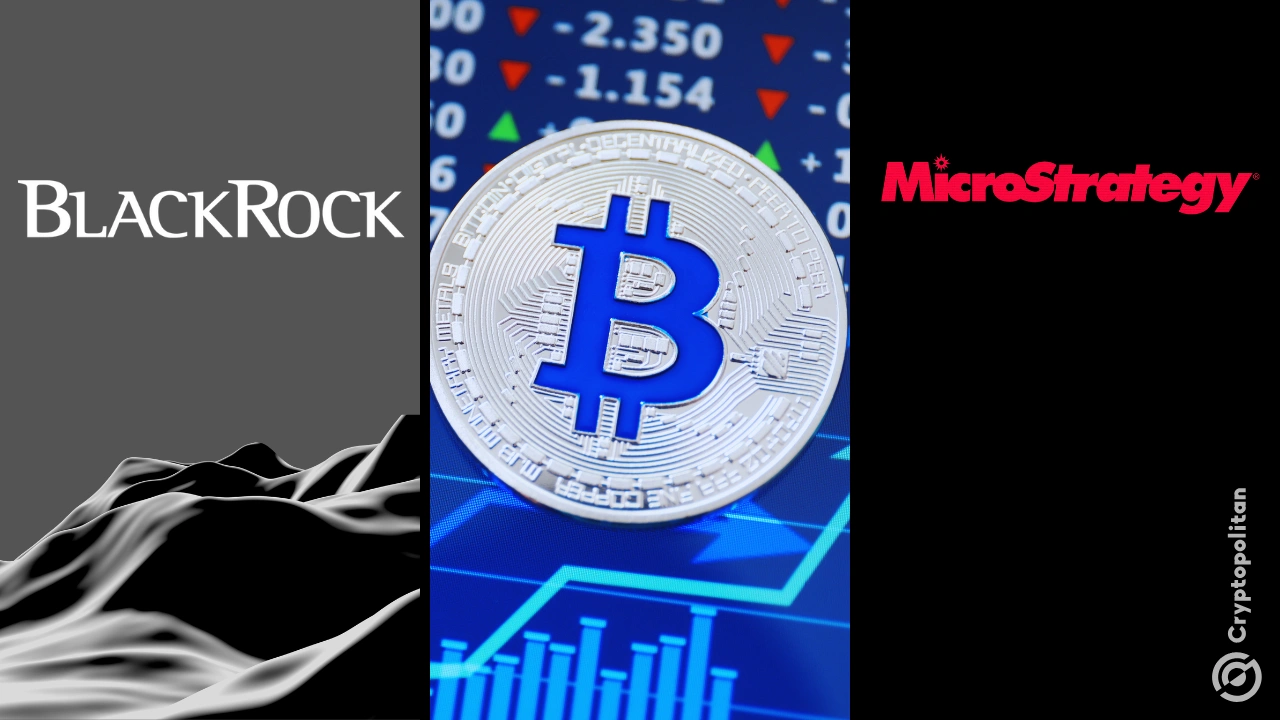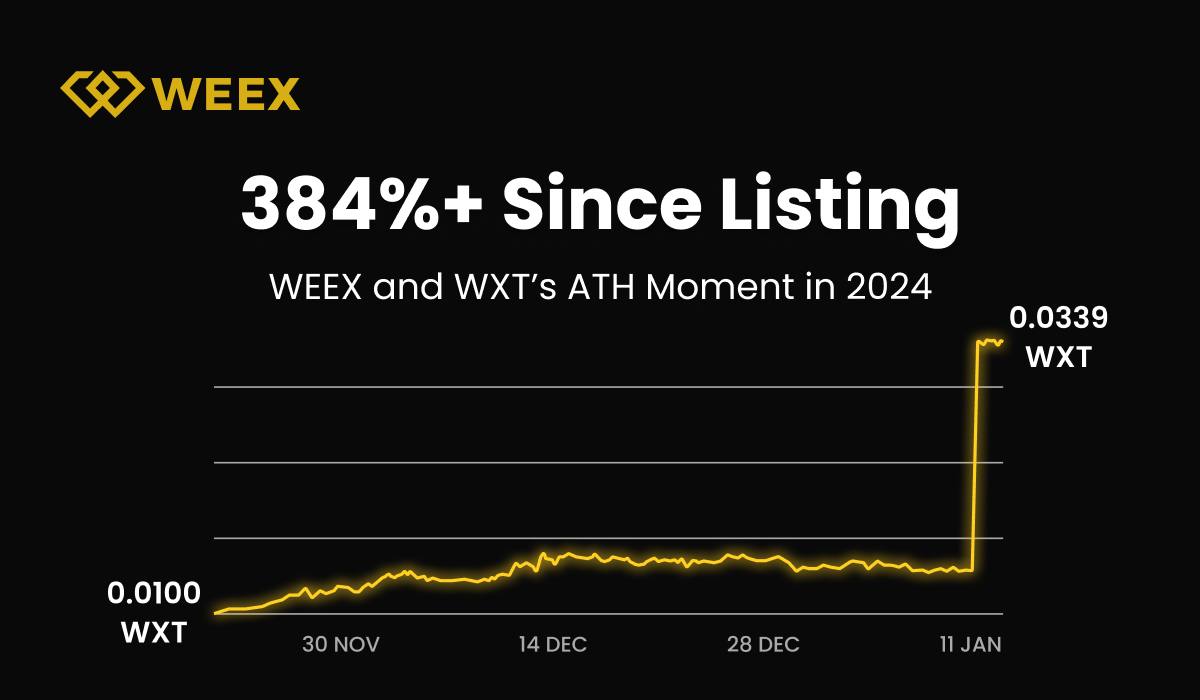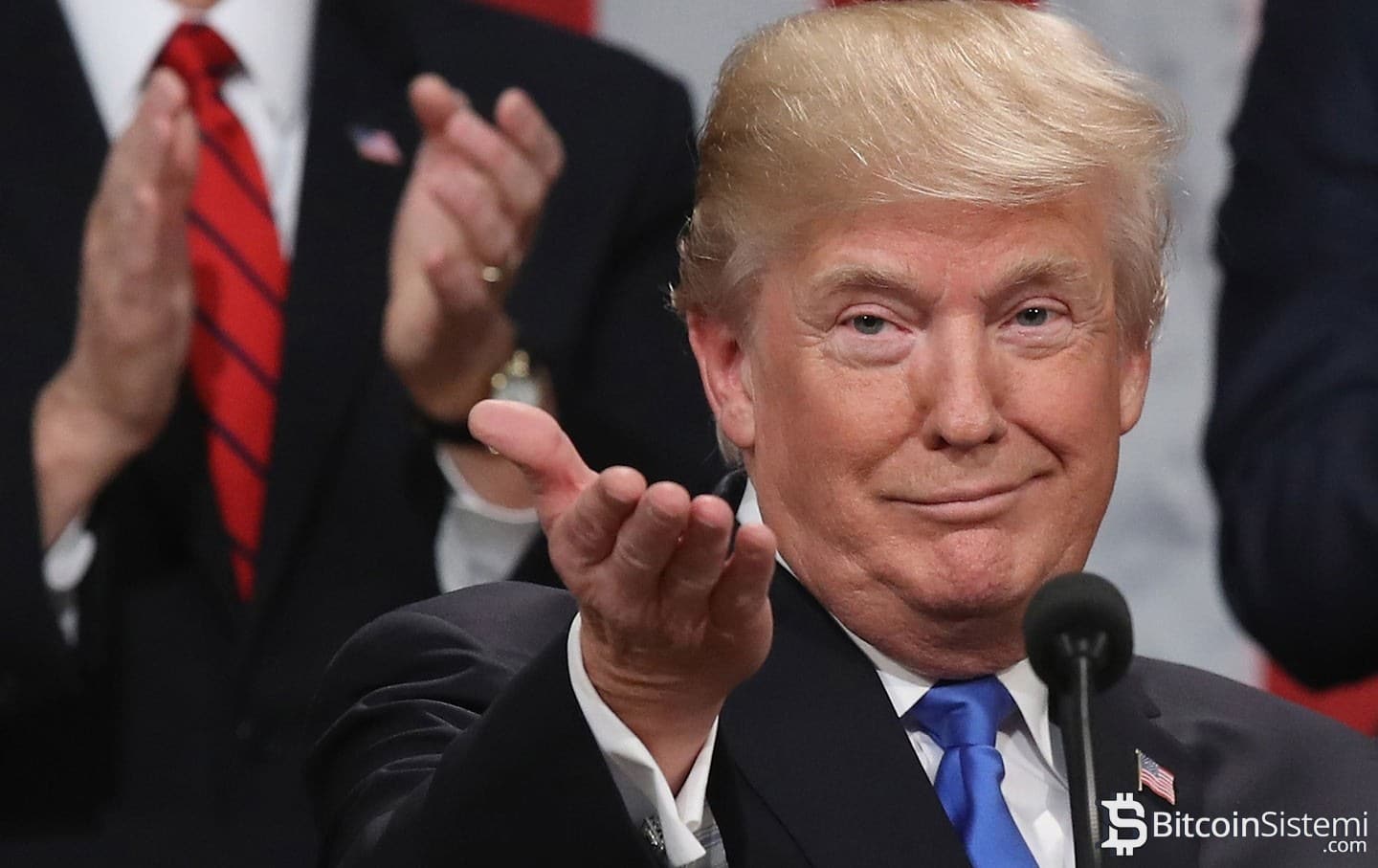
BlackRock is tired of being lumped in with MicroStrategy when it comes to Bitcoin. The asset management titan wants the world to know it’s playing a different game.
While MicroStrategy’s entire identity revolves around amassing Bitcoin like it’s Pokémon cards, BlackRock takes a more measured, institutional approach. Robert Mitchnick, BlackRock’s head of digital assets, spelled it out clearly: “It’s not BlackRock hoarding Bitcoin; it’s about providing access to a broad pool of investors.”
MicroStrategy, led by Michael Saylor, currently holds 450,000 Bitcoin. That’s more than 2% of all Bitcoin in circulation. They’ve spent $62,503 per Bitcoin on average, translating to a portfolio worth $41.1 billion. In January 2025 alone, they added 3,600 BTC to their stash.
First, they scooped up 1,070 BTC for $101 million. A week later, they snagged another 2,530 BTC for $243 million. Saylor isn’t just buying Bitcoin, he’s betting the farm on it, raising $2 billion through perpetual preferred stock offerings to keep his Bitcoin spree alive. The goal? Deliver returns 1.5 times greater than Bitcoin’s own performance.
BlackRock: Bitcoin for the masses
BlackRock’s approach couldn’t be more different. Its iShares Bitcoin Trust holds around 250,000 Bitcoin. The trust doesn’t serve as BlackRock’s personal piggy bank. Instead, it’s a tool for institutional investors who want in on Bitcoin without directly holding the asset.
Mitchnick explained, “We’re not buying and selling Bitcoin for ourselves. This is for our investors.” The numbers back it up—682 unique investors filed holdings in the latest quarterly report from Q4 2024.
BlackRock’s strategy is about scale and diversification. Unlike MicroStrategy, which thrives on leverage, BlackRock avoids piling risk on top of an already volatile asset. Mitchnick put it bluntly: “We don’t need a three-times levered Bitcoin ETF. The asset’s got enough volatility without it.”
This ethos has made BlackRock’s Bitcoin ETF a runaway success. In its first year, it brought in $36 billion in net new assets, doubling the total market value of cryptos. But the question now is whether that momentum can continue.
Crypto ETFs face an uncertain future
The buzz around Bitcoin ETFs has cooled. Applications for new funds tied to altcoins like Solana, XRP, Hedera (HBAR), and Litecoin are stacking up, but analysts are skeptical. Even if these ETFs get approved, they’re unlikely to attract the same level of interest.
JPMorgan estimates Solana ETFs could bring in $3 billion to $6 billion, while XRP ETFs might pull in $4 billion to $8 billion. That’s chump change compared to Bitcoin ETFs, which hold $108 billion, making up 6% of Bitcoin’s total market cap.
Ether ETFs haven’t fared much better. They’ve only managed to capture 3% of Ether’s market cap, totaling $12 billion in assets. The disparity is clear: Bitcoin remains king, and other cryptocurrencies aren’t ever gonna dethrone it.
Regulation is another wildcard. With a pro-crypto Congress and White House in 2025, the industry is hopeful for favorable changes. A new SEC chairman could pave the way for more innovative crypto products. Analysts believe this could open doors for hybrid Bitcoin and Ether ETFs and other creative solutions.
A Step-By-Step System To Launching Your Web3 Career and Landing High-Paying Crypto Jobs in 90 Days.










